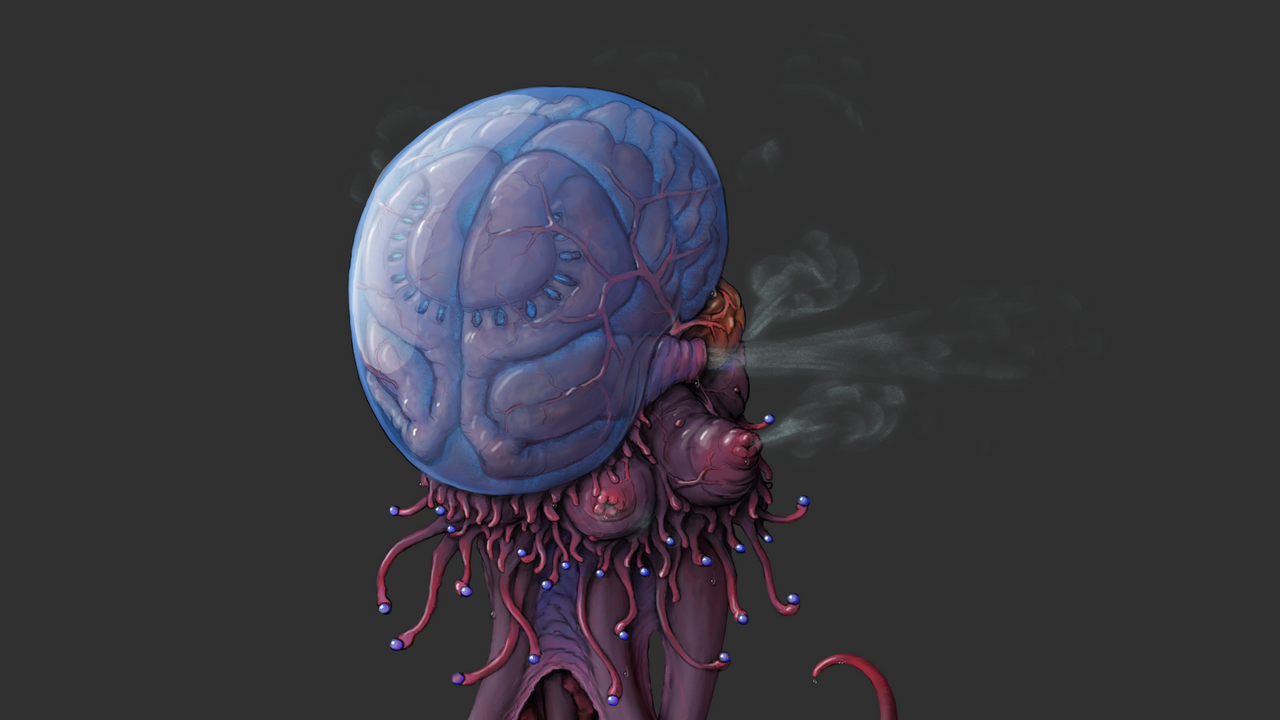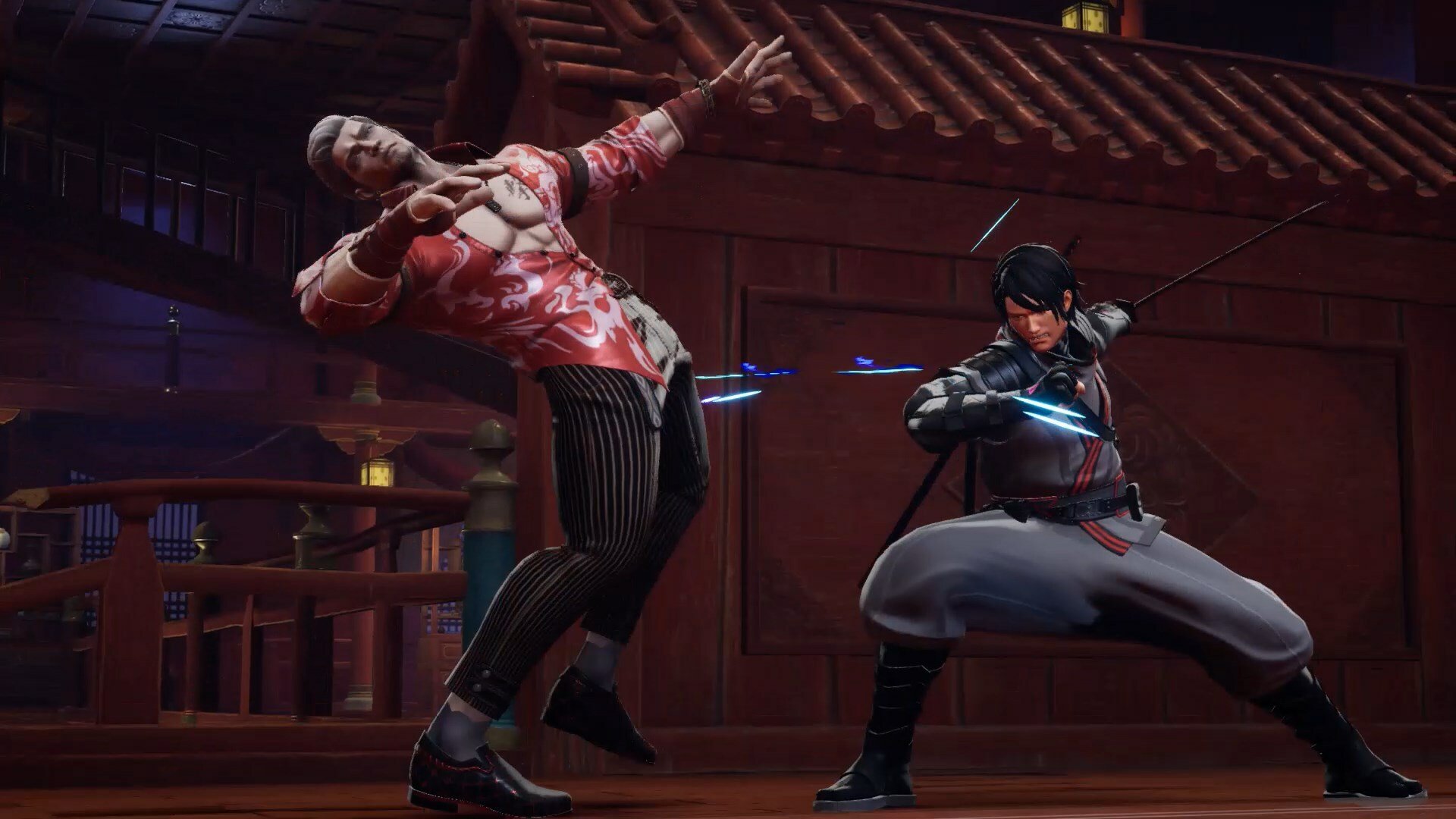The many subclasses in Dungeons & Dragons 5e offer a way to make a unique character beyond the choice of a base class and race, but there are subclasses many are playing incorrectly, either by misunderstanding the rules or not using the subclass optimally. Despite the edition’s long lifespan, many basic D&D 5e rules are still misinterpreted, which makes the subclasses that involve those rules harder to play. Finding the best use for a subclass often requires a bit more analysis, as well, since tactics that might seem intuitive may not be well-supported by the mechanics of the game, while other approaches synergize perfectly.
Delving deeper into the rules might make some favorite subclasses seem less appealing than they used to be, while others that seemed lackluster could become standouts. The game balance of D&D assumes gaming groups use the rules as written. While house rules can make a campaign more fun, they can easily skew the power balance of subclasses. Since many builds are highly reliant on a single subclass feature, players should ensure they have a full understanding of any associated rules to make sure they are using the subclass as intended. While nearly any subclass could be used incorrectly, several have proven themselves to be consistently misunderstood.
The Assassin subclass remains a popular choice for Rogue players, but a good deal of its appeal comes from the Assassinate ability, which relies on D&D 5e’s poorly understood Surprise rules. The first part of Assassinate is straightforward, as it grants the Rogue Advantage on attack rolls against a creature that has not taken a turn in combat yet. Attacks made with Advantage can deliver Sneak Attack for Rogues, so this provides an obvious benefit. The more appealing portion of Assassinate is its second benefit, that a hit scored against a creature who is Surprised is a critical hit, but Surprised is a very elusive condition.
There are no “surprise rounds” in 5e like there were in some earlier editions of D&D. Further, the rules note that any “character or monster that doesn’t notice a threat is surprised at the start of the encounter.” The key section is “a threat,” as an enemy simply has to perceive one member of the party to avoid being Surprised in 5e. Few parties are equally built for Stealth, as most contain at least one heavy armor user who rolls Stealth with Disadvantage. Even if the enemy fails to notice any threats, the Rogue still needs to beat them on Initiative since the Surprised condition ends after their first turn.
Another commonly chosen subclass from the original Player’s Handbook is the Path of the Berserker Barbarian subclass. The signature feature is Frenzy, which allows a player to make any melee weapon attack as a bonus action, but the drawbacks of Frenzy are worse than some players think. Unlike standard Rage, entering a Frenzy causes the character to take a level of Exhaustion when the Rage ends. Exhaustion is one of D&D’s most…
2023-08-27 14:00:05
Original from screenrant.com
rnrn



















